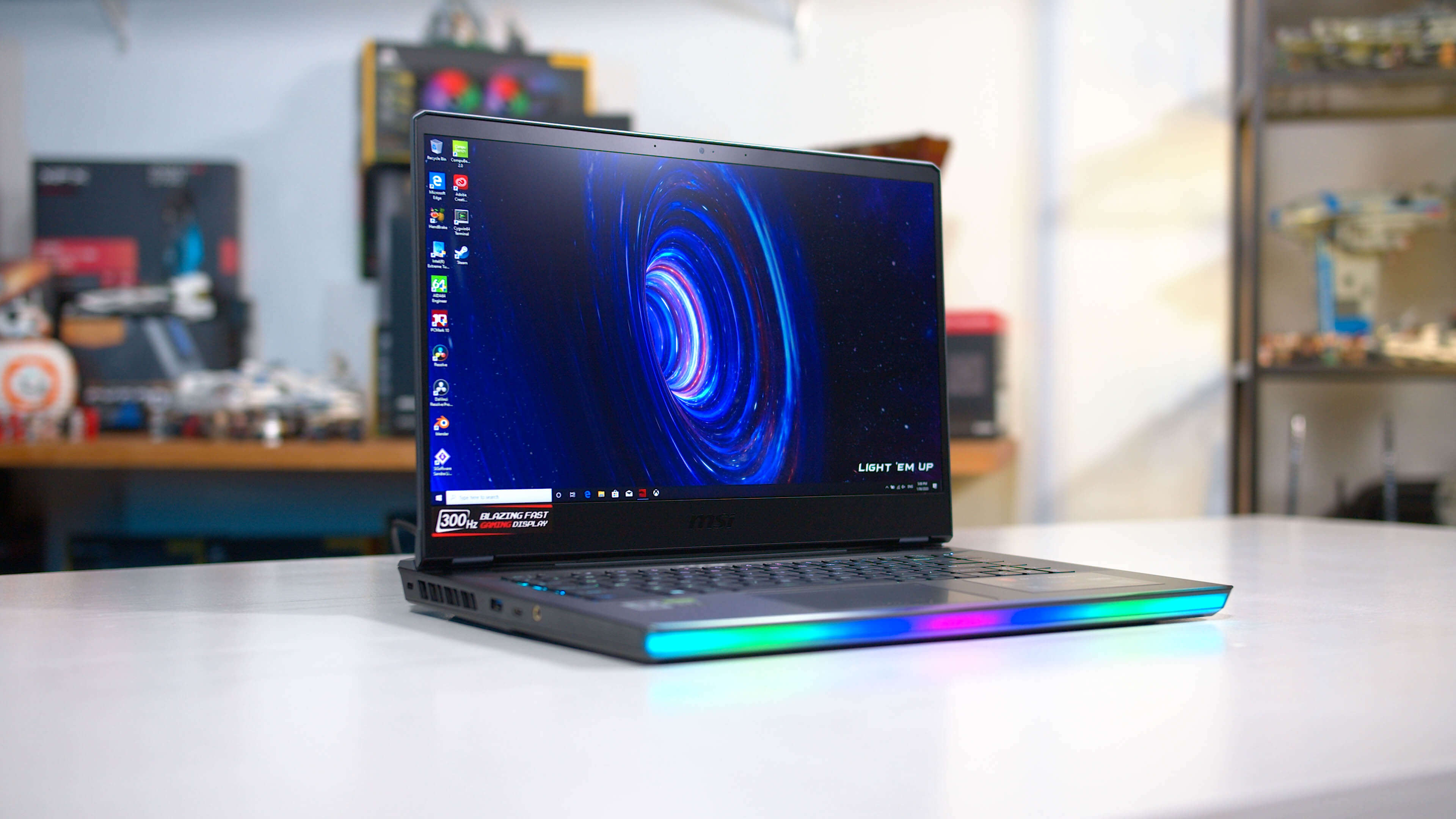
See, It's nice! The fan will work when the CPU temperature is above 70 degree.

Change the element to: 8.Finally debug your project Connect your Arduino and click Start. Right click on Project > Add New Item, select "Application Manifest File". Force your application to run as administrator. UpdateVisitor updateVisitor = new UpdateVisitor() ħ. Public void VisitHardware(IHardware hardware)įoreach (IHardware subHardware in hardware.SubHardware) subHardware.Accept(this)

Public void VisitComputer(IComputer computer) Copy the following code to your Visual Studio program. The OpenHardwareMonitorLib.dll is in the OpenHardwareMonitor folder.ģ. Right Click on References>Add Reference>Browse To use the code, you need to include a copy of OpenHardwareMonitorLib.dll in your project, add a reference to it. Click File > New Project > Visual C# > Console Application > OKĢ.
HARDWARE MONITOR INTEL INSTALL
Step 2: Install Visual Studio 2017 Download Visual Studio 2017 Step 3 : Create A New Visual Studio Project 1.
HARDWARE MONITOR INTEL .EXE
exe file first to see your hardware information, CPU usage, etc. Step 1: Download Openhardwaremonitor Download the lastest Openhardwaremonitor software here. (The WMI way is not working for me, but I will still post the code and you can have a try)ĭEMO 1: Openhardwaremonitor The Open Hardware Monitor is a free open source software that monitors temperature sensors, fan speeds, voltages, load and clock speeds of a computer. If you have any problems on getting the CPU temperature, feel free to post your questions here! You can also test these code on your PC. In this post, I will show you one way that can definitely work on everyone's computer by Openhardwaremonitor. I find many solutions but most of them don't work for me. The most difficult part of this project is getting the CPU temperature. These days, I'm trying to make a smart fan cooling system for my baby Lattepanda. I brought one 2/32g LattePanda and used as a normal computer, only $89! Due to its powerful hardware and small size, heat dissipation inevitably becomes a problem (More details about LattePanda, click here). It features an upgraded Z8350 CPU (up to 1.92GHz) and a more stable RTL8723BS Wi-Fi chip (2.4G 802.11n). Story Introduction The LattePanda is a full Windows 10 compatible single board computer based on the Intel Cherry Trail CPU.

Software apps and online services Microsoft Visual Studio 2015 Make a DIY Computer cooling system by yourself! Things used in this project Hardware components LattePanda 2GB/32GB (Unactivated) × 1 LattePanda 7-inch 1024 x 600 IPS Display ×1 Arduino Leonardo ×1 DFRobot Aluminum Heatsink Cooling Fan ×1 Use OpenHardwareMonitor to get a reading on the diagnostics of my hardware in C#.


 0 kommentar(er)
0 kommentar(er)
